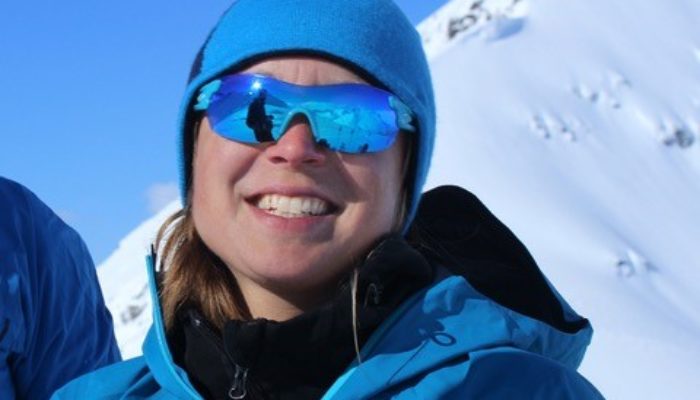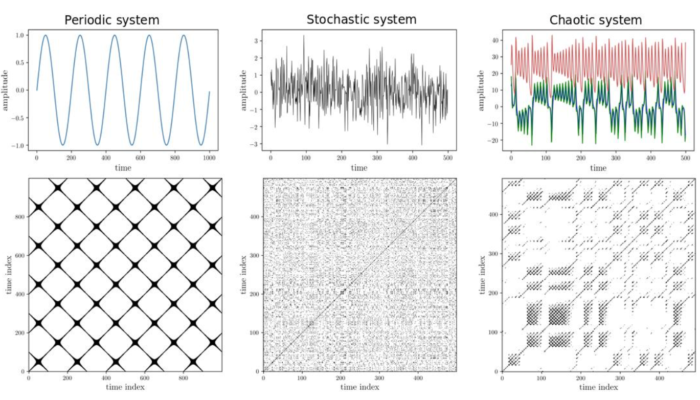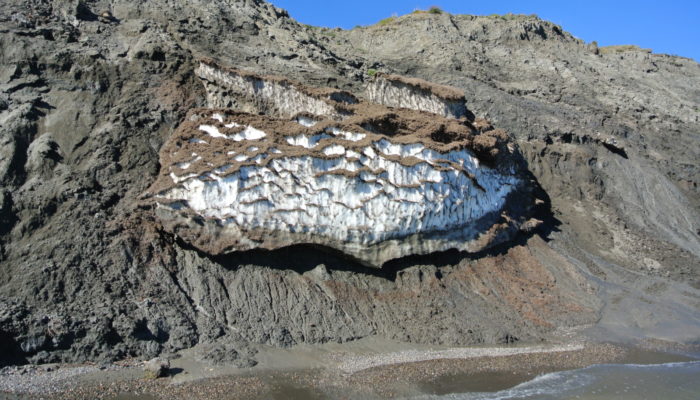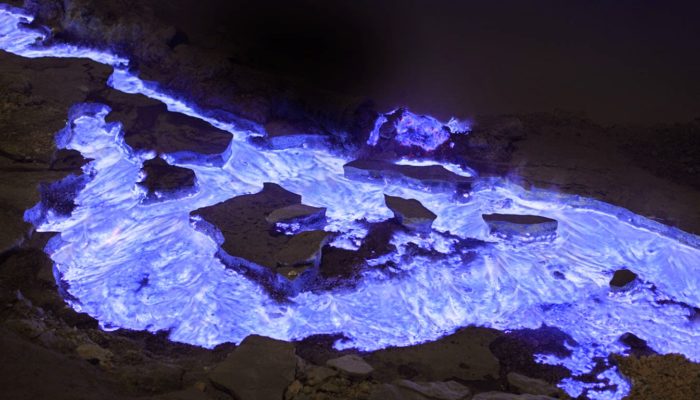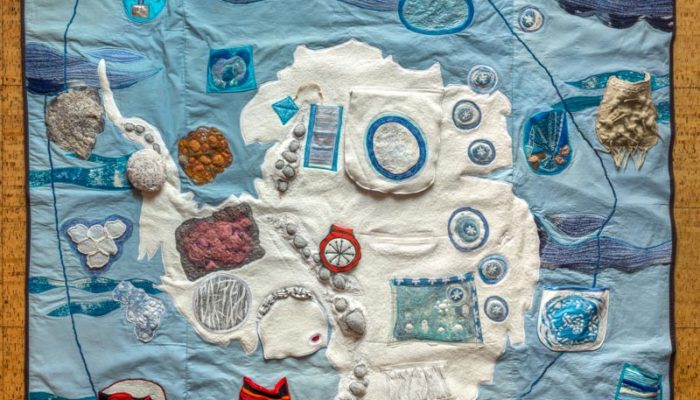For our last interview we haven’t talked to a member of the current Geodesy division team. Instead we asked the past ECS (Early Career Scientist) representative of the Geodesy division, Katrin Bentel, a few questions. Fortunately, she gave us some insights about the role of an ECS Representative. Find out below. What did you like most about your time as the Geodesy ECS Representative? ...[Read More]
Nonlinear Processes in Geosciences
NPG Paper of the Month: “Recurrence analysis of extreme event-like data”
The May 2021 NPG Paper of the Month award goes Abhirup Banerjee and his co-authors for their paper “Recurrence analysis of extreme event-like data“. Abhirup is pursuing a doctoral degree in Theoretical Physics at University of Potsdam. He is working at Potsdam Institute of Climate Impact Research as a guest researcher as part of the DFG funded NatRiskChange project. In this project, he ...[Read More]
Climate: Past, Present & Future
Feeling the Heat: The Grilled Earth
Nowadays, there are plenty of media reports about the impacts of climate change around the world. Glaciers are disappearing, gigantic craters form in Siberia as the previously frozen ground thaws, the sea is threatening to swallow entire islands, floods cause large damages to people and economy, heat waves periodically destroy crops and can reach dangerous levels for people’s health. And this is o ...[Read More]
Geochemistry, Mineralogy, Petrology & Volcanology
A lava for (almost) every colour
When we think about a volcanic eruption, one of the first things that come to our mind are lava fountains and flows with a characteristic bright orange and red colour. The colour of lavas can be associated with the temperature reached at the surface: dark red at low temperatures (475°C), orange at 900°C and white at extremely high temperature (>1150°C) (Kilburn, 2000). However, some places on E ...[Read More]
Geodynamics
Happy blog birthday!
Listen up, everyone! The blog turns 4 year old this week! 4 years. We’ve been blogging for 4 years. Holy moly. You can finish a PhD in that time (I mean, I didn’t, but – you know – you could). We’ve had another cracking year, so let’s reflect a bit on the past year – undoubtedly one of the weirdest years in (blog) history. What did we do? A lot. ThatR ...[Read More]
Hydrological Sciences
Listening to a bouquet of articles: review papers
Let me guess from which city in the world you are reading this post: Lima, Lahore or Louisville? It might be that you are modelling one of these rivers: Nile, Rhine or Lena? Or studying the Caribbean Sea, the Arabian Sea or the Caspian Sea? The country you live might be Uganda, Philippines or maybe Iceland and your home continent could well be Europe, Latin America or even Antarctica. I assume you ...[Read More]
Tectonics and Structural Geology
TS Must-Read – Sylvester (1988) Strike-slip faults
Strike-slip faults by Arthur Sylvester (1988) is a must-read paper for anyone, and more so for those who want to understand the mechanisms of strike-slip faulting. Although it mostly refers to the San Andreas fault, the most studied strike-slip fault at the time (and possibly to date), the contribution is a comprehensive review of the state of the art about strike-slip faults in general. Sylvester ...[Read More]
Natural Hazards
Artificial intelligence for disaster management: that’s how we stand
On the 23rd of June, I participated in the Second Workshop for AI (Artificial Intelligence) for Natural Disaster Management that hosted around 400 scientists, UN advisors, practitioners and policymakers from all over the world interested in machine learning for supporting disaster prediction and early warning. AI is not my research area; however, I have always been interested in the new advances t ...[Read More]
Cryospheric Sciences
The softness of ice, how we measure it, and why it matters for sea level rise
One of the first things school children learn is that ice is a solid, and forms by freezing water. Most people think of ice as brittle–have you ever dropped a slippery ice cube on the kitchen floor, and watch it break and shatter into many pieces? It may be surprising, then, to find that ice can also stretch and squeeze, like a ball of pizza dough! Once deformed, ice is then softer in certai ...[Read More]
Geodynamics
The Sassy Scientist – Printing: Pre- or Post-?
Giusy is throwing some deep dives into the trenches of scientific literature. Deep they are indeed. Almost running out of oxygen whilst frantically flapping through the murky waters near the surface, she comes across a not-yet-published paper (or better: a non-peer-reviewed paper) that’s floating around the internet. Apparently well-written and soundly researched, she goes looking for more a ...[Read More]

